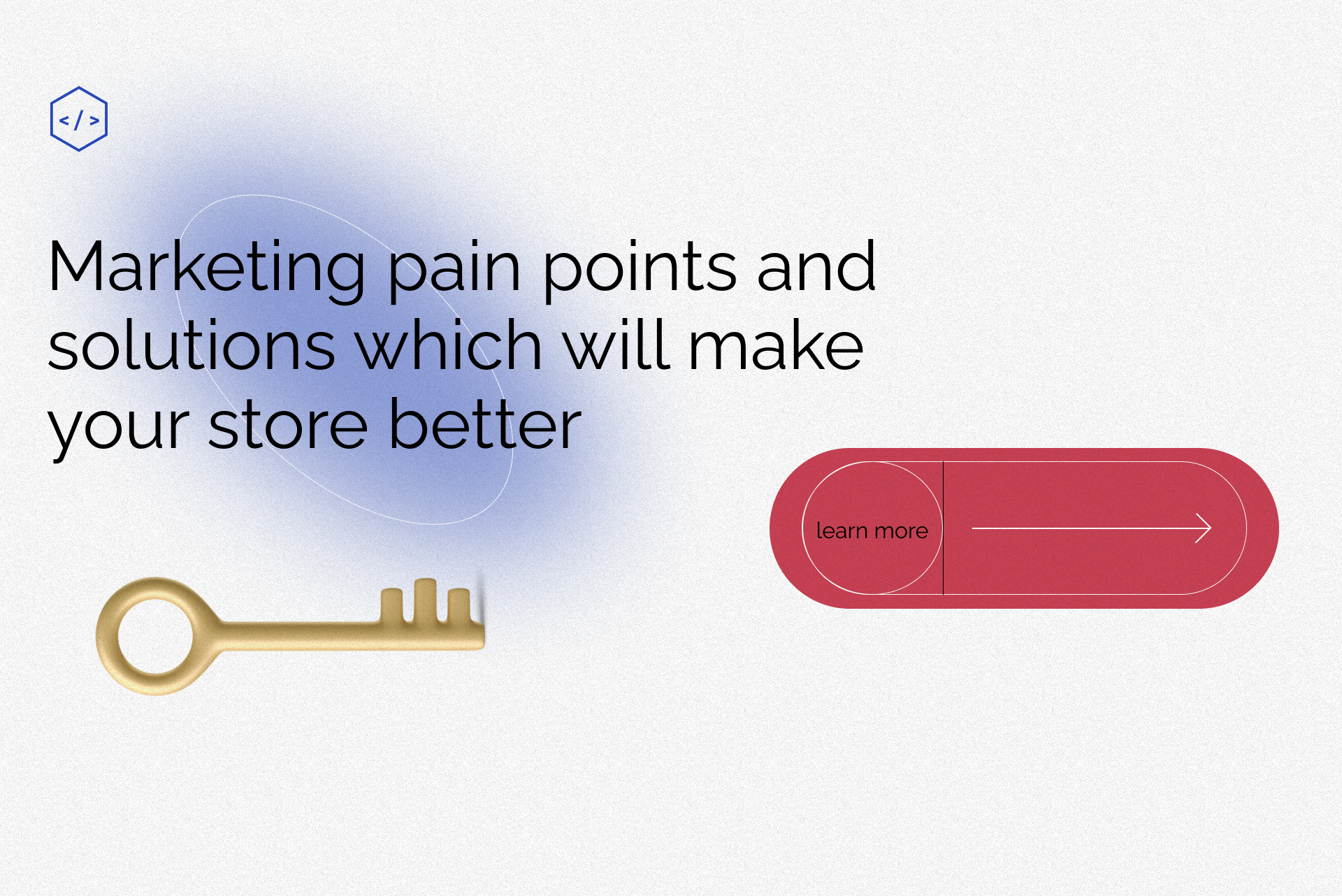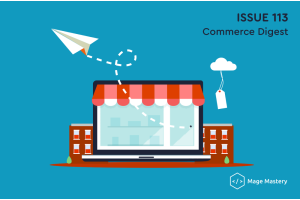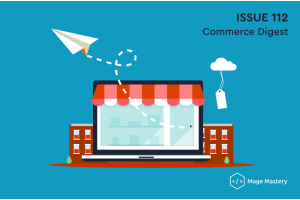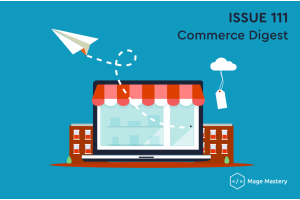5 eCommerce pain points (& how to solve them)

Did you know there are an estimated 24 million eCommerce websites worldwide (and counting)? That makes the competition fierce. In this blog, we've identified seven necessary eCommerce pain points trademarks face and tips on how to solve them.
Given the nature of 2022, eCommerce has grown to play a more prominent role in consumers' lives than ever before. According to Digital Commerce 360, online shopping has increased by 28% since the coronavirus pandemic. Further, 58% of customers said they hope to do more online shopping after the pandemic than before.
All the eCommerce marketing pain points merchants experienced before are now more significant. Here we'll recognize each pain issue and direct you toward possible answers. Maybe even a hack or two.
Doesn't have a mobile website
A large amount of traffic to eСommerce sites comes from mobile users. According to the survey, 80% of users worldwide use their mobile devices to carry out Internet activities, including shopping on e-commerce sites. Hence, you need a mobile-optimized version of your eCommerce site that offers your users a great shopping experience. Go for a minimalist and intuitive interface with easy navigation that will pave the way for a great shopping experience on the small screens of smartphones and tablets for your end users.
Solution
There are different ways to create an online store mobile version. Among other things, Magento 2 offers an adaptive design for online stores for the mobile version of the site, which automatically adjusts to the screen resolution.
Difficult website navigation
Online shopping is about providing users with a satisfactory experience. Users expect a seamless shopping experience when they visit a particular site to purchase a product. One way to ensure this is to make your menus intuitive. Design them so your target users can easily navigate from one page to another with a minimum number of clicks. The navigation system is a rage these days and works great with an eCommerce site design as it shows hierarchy, reduces clutter, is easy to indent, and is visually appealing. Include it on your site; you can acquire and retain customers easily.
Solution:
We tell you how to help the user navigate easily through site navigation. We will look at five ways to improve website navigation with simple tools in a minimum amount of time.
1. Make the navigation menu for the site concise
2. Put a link to the main page on the logo
3. Make a menu on a one-page site
4. Fix the menu
5. Select the active menu item for pagination
Low social media engagement
Social media can be fun and full of opportunities for marketers, but it can also feel like a constant battle for attention.
If you post from your brand's social account and hardly anyone likes, shares, or comments on it, should you have even posted? The answer is usually yes. But consistently low social media engagement signals the need to ask yourself some tough questions:
- Is this the right channel to reach my target audience?
- Should I be striking a different tone?
- Is what I'm sharing of interest to my audience?
- Am I being clear in what I'm trying to communicate?
- What actions am I trying to elicit?
- What conversation am I trying to start?
As an eCommerce brand, there are many creative ways to speak with, not to, your online community.
Solution:
Start running fun social contests and hashtag campaigns where you encourage people to post photos of themselves using or wearing your product(s). As submissions start pouring in, please respond directly to participants with likes, shares, and comments, so they feel personally acknowledged by your brand. Have your broader audiences vote on a winner to foster a more interactive community of followers.
Increasing eCommerce conversion rates
If you're effectively promoting your brand online, growing awareness on social and driving people through to your online store, only to need help to convert them on your product pages, you're not the only one.
Moving people down the marketing funnel to that final conversion is every eCommerce marketer's ultimate goal. It becomes a pain point when your conversion numbers aren't cutting it, which usually means you need to reassess. There could be numerous reasons a user needs to convert on the page. Some common ones include:
- Low page speed causes users to exit your site
- Lack of responsive design and bad mobile usability
- Bad quality copy, not enough product information
- Confusing website navigation
- Security concerns
- Pricing
- Unclear shipping costs and return policies
Solution:
When it comes to online shopping, sometimes it's better to show than tell. You should always have clear and complete product information on your eCommerce pages. But when shoppers can't physically touch or try on your products when browsing, the next best thing is visual social proof.
Due Diligence Process
According to the report, "retailers lose $18 billion annually due to abandoned carts." A confusing or complicated checkout process increases cart abandonment, leading to lower conversion rates. To avoid such huge losses, you must make the checkout process easy for customers.
Solution:
Keep margins to a minimum and display all necessary forms on the same page. Some customers have coupon codes they must remember to apply during checkout. Hence, communicate the box for the coupon code on the checkout page. Remember to display the tracking update confirmation page as a summary after your customer has checked out.
These are just some of the eCommerce mistakes that annoy online shoppers. If your site currently has these gray areas, it's time to look into it. Give your users the best experience by eliminating such nonsense, and you will steadily improve your conversion rates. What do you think? Do you know of other mistakes that prevent potential customers from purchasing? Please share them with us.





